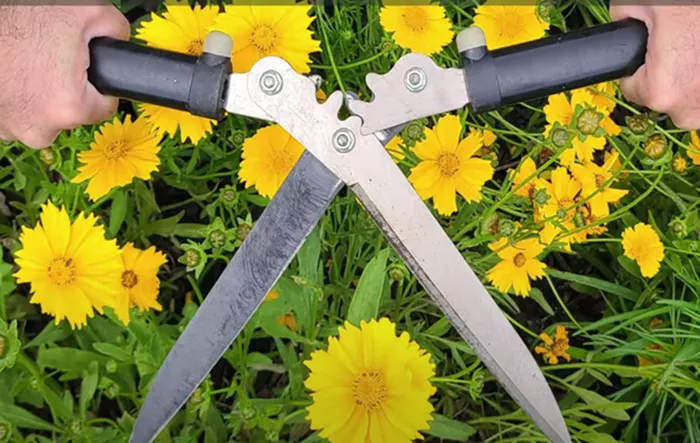Pruning certain perennial plants using the “Chelsea Chop” technique can greatly enhance their growth, sturdiness, and flowering performance.
This method involves cutting back clumping perennials such as coneflower (Echinacea), black-eyed Susan (Rudbeckia), goldenrod (Solidago), sneezeweed (Helenium), Salvia, and yarrow (Achillea) by one-third to one-half of their height in spring, making diagonal cuts just above a leaf node.
The Chelsea Chop encourages bushier, more compact growth by stimulating side shoots, which results in sturdier plants that are less likely to become leggy, flop over, or require staking.
It also delays blooming, which can be advantageous for extending the garden’s late-summer display. Gardeners can choose to prune all stems or alternate stems to stagger flowering times and prolong the bloom season.
Timing is key: the chop is typically done in late May or early June, when plants have reached about half their expected seasonal height. For late-summer and fall bloomers like Joe Pye weed, chrysanthemum, and aster, multiple chops spaced a few weeks apart can further enhance plant structure and flowering.
This pruning technique is not suitable for one-time bloomers, single-stemmed, or woody-stemmed plants, as cutting them back would remove the current season’s flowers


